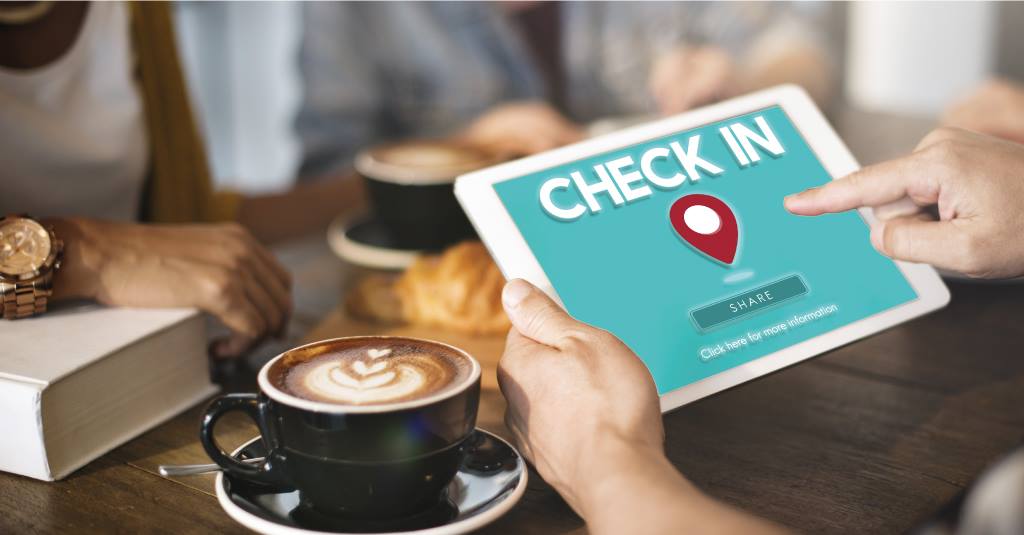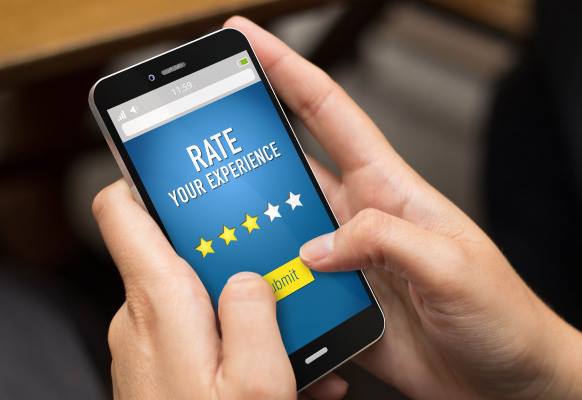Catering for the connected traveller

Adnan Saulat, Mindtree
Travel isn’t quite what it used to be. Gone are the days when you switched off your mobile and disconnected from the world to enjoy your holiday. Today’s traveller wants to be connected – to share experiences online and keep in touch with friends and family.
In fact, travelling often gives people more time to spend online, reconnecting with others and sharing holiday highlights online. A recent survey from the IATA showed that 60% of international passengers use social media as they travel.
At the same time, all this time away has sparked a growth in the connected home market. People want to know that their house is still intact, or keep in touch with friends, family and pets who are back at home, says Adnan Saulat of Mindtree.
The Internet of Things has enabled homeowners to now adopt smart home devices to keep in touch with their house when they travel. This could include controlling thermostats, receive alerts from smoke and carbon monoxide detectors or even turn the lights on and off.
To tap into this market, travel companies are looking at how they can use technology, including the Internet of Things, to engage customers. They know that the modern connected traveller now expects high quality digital and mobile experiences as well as competitive pricing.
Crucially, they want to be responded to in real-time according to their preferences and interests. As well as this, they want to have a way to connect with their home while they are away and be provided with piece of mind.
The travel industry including airlines, can rental companies and hotels has been ahead of the curve traditionally when it comes to loyalty programmes. But many are now looking to the retail industry to learn how to take their programmes up a notch to drive a better digital customer experience.
Many retailers have now mastered the art of using customer information about preferences and tastes to deliver a more personal service. With the typical customer journey starting online with a web search, more travel companies are looking at what else they can offer to draw in prospects.
While price is of course one of the key determining factors, a good experience goes a long way towards attracting repeat custom. In fact, 78% of consumers say that personalised promotions would encourage them to purchase relevant products they have not purchased before.
To deliver this, travel companies are creating innovative experiences for those connected travellers. Almost every part of the customer journey can be personalised online. Saving preferences such as language, currency, stored payment information as well as channel and communication choices is the first step to personalising the experience.
The next level focuses on targeting specific offers to individual customers. This might be offered using geo location or other preferences to ensure what is presented is relevant and more likely to be of interest.
The final step – the pinnacle of personalisation – comes from big data analytics. Tracking behaviours and mapping those against external data such as weather, traffic and currency fluctuations, can give companies a 360 view of the customer experience.
Along every step of the way, travel companies need to consider behaviour first. The connected traveller doesn’t want to just a moment of interaction but to be understood and supported at every step of their journey from ticketing, travelling to returning home.
As travel companies acquire more knowledge on their customer’s family profiles, interests, opinions and attitudes, the more they will be able to micro-target them with offers they are more likely to redeem. With algorithms continuing to evolve, powered by machine learning and predictive analytics, travel companies will be able to target customers before they have even thought about booking their next holiday.
The other application is retargeting. When customers abandon a purchase, technology can be used to send them an offer while the thought is still fresh in their mind. This type of real-time marketing can be incredibly powerful.
Of course ensuring you have the right metrics in place is critical to capturing the connected traveller. A/B testing is one method of checking the impact of any personalisation campaign before its rolled out more widely. But, regardless of which metric is used, the critical thing is to ensure there is a feedback loop that continually improves the experience as the connected traveller adapts and evolves.
Reaping the long term financial benefits of capturing and engaging the connected travel will come as travel companies continue to refine and improve their approach. Delivering that seamless connected experience now demanded by today’s modern generation will mean companies will need to look at unbundling their products and services to focus on what ultimately delivers the most value to customers – and leads them to purchase, again and again.
The author of this blog is Adnan Saulat of Mindtree.
Comment on this article below or via Twitter @IoTGN
